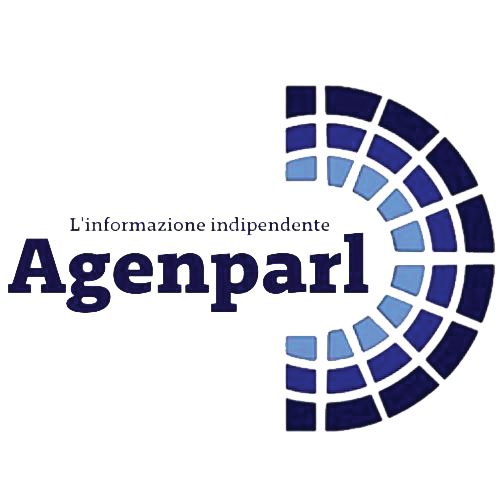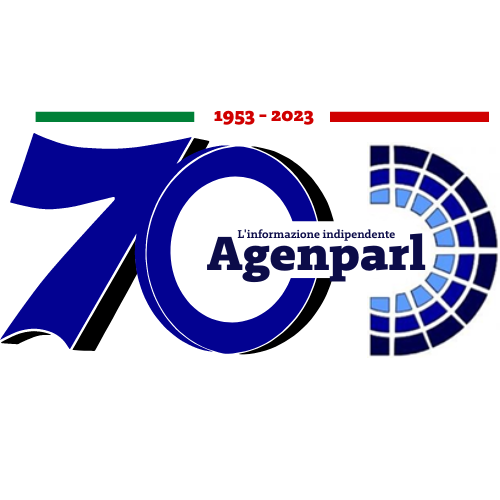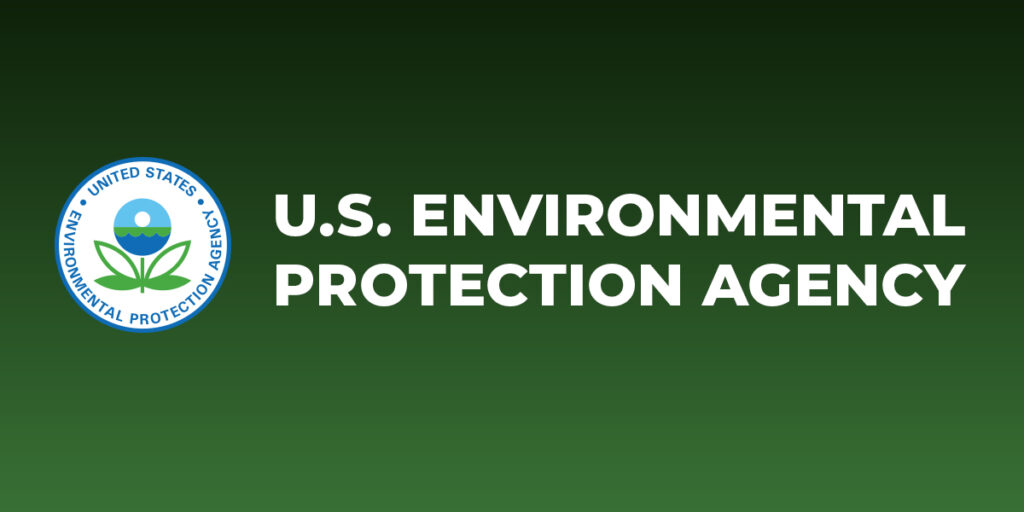 (AGENPARL) - Roma, 17 Ottobre 2024
(AGENPARL) - Roma, 17 Ottobre 2024(AGENPARL) – gio 17 ottobre 2024 Issued: Oct 17, 2024 (12:00pm EDT)
If you wish to unsubscribe please do so
here: http://url6130.epa.mediaroom.com/ls/click?upn=u001.iqz6hAvLdUl-2FaSixKUG3iyFJBsxNAroAZOQ1BID8fKIiLAUfJX2sQlhu1tzKAOIu-2BU84uzAzSpWvmWyHnsNJDRYXWx5dlMz75Zp9ch-2BQlG6mQHPYjReZhS13hvd5qOopInD4_-2B0Ok6Af7hyz7Kqg6CR74pYblAA1WjrUjKSJUAiv3NOub0DC4O7JPWGxIlQ7kBB-2FSy8yMN-2F3MtWbLs2JQ0giV9-2FSXSHwtIRXF5ted6BkHZrMs-2BQfgd8E4gIDXX9ow6lrHFvQ5ugDqvcLonjE6YGUKcPAgOyjWQ0n0zx6xNX10R5JWnllLFu7h73ZygbA0B5hvW7qaah0kbPHVN03nwOGO87fedQG2h1hjytup9ZZ8pQnLUDrB2MgSvQsxb7D9kkST
EPA Awards $1M to Address Asthma, Radon, and Indoor Air Risks
WASHINGTON — Today, Oct. 17, the U.S. Environmental Protection Agency
announced a total of $1 million in awards to six recipients to address asthma,
radon, and other indoor air health risks. These cooperative agreements will
advance national policy and systems-level change to reduce indoor air risks
and yield measurable environmental and public health benefits.
“The EPA is proud to partner with these leading organizations to address the
serious threats posed by poor indoor air quality,” said EPA Assistant
Administrator for the Office of Air and Radiation Joe Goffman. “With these
agreements, the agency advances our commitment to communities across the
country by providing financial and technical assistance so they can take
action to prevent lung cancer, asthma episodes, and other respiratory
diseases.”
Americans spend up to 90% of their time indoors, making indoor air quality a
critical public health issue. For example, radon is the second leading cause
of lung cancer in the United States and asthma affects 25 million Americans,
including nearly 5 million children, with poor and minority children suffering
a greater burden of the disease.
These new awards will help efforts to:
Prevent lung cancer by promoting testing and fixing homes, schools, and other
buildings with elevated radon levels.
Prevent asthma attacks, emergency room visits, and other poor asthma health
outcomes by supporting delivery, infrastructure and sustainability of
environmental asthma interventions at home and school, with a focus on
disproportionately impacted populations.
Prevent other indoor air problems and associated poor health outcomes through
expanded support of state and local efforts to improve indoor air quality by
promoting best practices and policies.
The following organizations were awarded $175,000 each for the first year of
the three-year cooperative agreements:
Kansas State University will work to reduce lung cancer deaths by supporting
radon testing and mitigation. This includes operating a national radon hotline
and website, conducting performance assessments of common consumer grade
digital radon monitors, selling radon test kits, and working to increase the
number of credentialed radon professionals.
The American Lung Association will work to build national-scale capacity and
systems to increase the number of new homes, schools and workplaces built with
radon-resistant new construction, and the number of existing homes, schools
and workplaces mitigated for elevated levels of radon gas. ALA has two primary
objectives for this award: 1) to support the implementation of the National
Radon Action Plan, and 2) to build the capacity of underserved communities to
reduce radon risk.
The Conference of Radiation Control Program Directors, in support of the
National Radon Action Plan, will provide coordinated assistance to states,
Tribes and local governments working to reduce radon risk. This will include
technical assistance aimed at the adoption of consensus standards for radon
testing and mitigation nationally and within state and Tribal radon programs.
The Public Health Institute, through their Regional Asthma Management and
Prevention project, will build the capacity of states and communities to
affect policy and systems change aimed at ensuring sustained access to in-home
environmental asthma interventions for children disproportionately impacted by
asthma. This work will include providing individualized technical assistance,
facilitating opportunities for peer learning, and creating new tools and
resources to share successes, challenges, and lessons learned.
The National Center for Healthy Housing will amplify and expand national-scale
capacity to address Indoor Environmental Determinants of Health, reduce indoor
air risks, and accelerate sustainable policy and systems-level actions to
improve indoor air quality. This work will include providing flexible and
responsive technical assistance, resources, and support to states, Tribes, and
communities designed to increase their capacity and readiness to advance
strategies to improve indoor air quality.
The Environmental Law Institute will advance state policies and programs for
comprehensive indoor air risk reduction by convening workshops for indoor air
quality officials. ELI will also provide the public clear and practical
information describing the current state of indoor air quality policies and
highlighting policy models for reducing indoor air exposures.
Learn more about radon, asthma, and indoor air quality.
To unsubscribe or change your settings click here:
http://url6130.epa.mediaroom.com/ls/click?upn=u001.iqz6hAvLdUl-2FaSixKUG3iyFJBsxNAroAZOQ1BID8fKKhIILjisBDEktm3-2BIos9X6W-2Bphl3ORHrTL-2BFGcovCFKxw65Drudp-2FDzce4DMTJtHgKSuXe53yVxtfIjMtE3mBzsms98HKqViHGG7DPco0mlA-3D-3De51a_-2B0Ok6Af7hyz7Kqg6CR74pYblAA1WjrUjKSJUAiv3NOub0DC4O7JPWGxIlQ7kBB-2FSy8yMN-2F3MtWbLs2JQ0giV9-2FSXSHwtIRXF5ted6BkHZrNbl0-2FZLD1s5e5znMuIGNfIe77XgZdZTZ6VBdX3aOPWSGrJ5qjqdDKIZTXeaSwKUXKPI26qim4jfmeqTxbJ31QC6aZ3-2FUvlDw6ztXFDNV2bPnpKamuSTeGKw3Z67j99HJMrf8uSmAL-2FI0Eiwi-2BQN0gA

